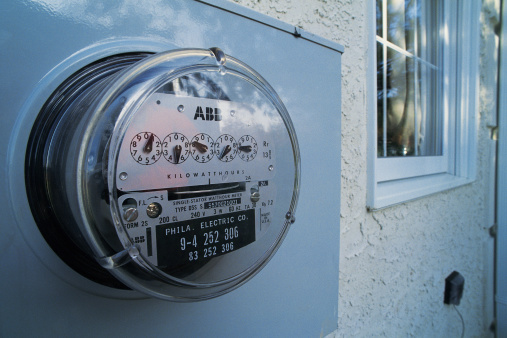Consumers get sticker shock from electric bills

If you’re looking for someone to blame for that huge increase in your recent electric bill, old man winter would be an appropriate choice.
Residential electric prices have shot up anywhere from 20 to 50 percent this winter and customers of municipal electrics have been especially hard hit.
In Spencerport, Electric Superintendent Owen McIntee stated that extreme, extended cold weather caused electricity prices to soar to near all-time highs and that the joint action agency where Spencerport purchases supplemental power helped to prevent increases from being even higher by being pro-active in, “….securing some lower prices which saved the Municipal Village Electric members of New York about 39 percent, or close to $7 million.”
McIntee said the conditions have also affected the mid-west and the entire northeast.
In Churchville, Superintendent of Public Works Paul Robinson says, “We’re all in the same boat. We are all part of the same purchasing block. When our hydro-electric is gone, we have to buy in an auction-like setting.”
Buying on the open market can be very expensive, experts say.
When supply dries up and demand increases, “the price sky-rockets,” Robinson explains.
He says prices are now starting to stabilize and in another two months things should be back to normal.
For years now, Robinson says, “electricity bills have been sheltered from peaks other energies have experienced. Hopefully the cold weather will be behind us shortly and this will be old news and we won’t have to revisit this for another 20 years.”
Joe Chimino, Electric Superintendent in the Village of Bergen, concurs with Robinson and McIntee, that, “electric rates saw an increase due to high demand,” and that buying supplemental power can be very expensive, particularly when the cost of that supplemental power is linked to the cost of natural gas, which has also seen a spike in demand this winter.
He explains that natural gas is used to generate electricity and the high usage this winter caused congestion along the lines.
“Natural gas went up something like 20 percent due to extra demand,” Chimino says.
The New York Independent System Operator (NYISO), which operates the state’s high voltage transmission network, has stated that New York relies heavily on natural gas to generate electricity and that wholesale electric prices are very sensitive to the price of natural gas. “Natural gas prices have been up over the past year,” NYISO said in a statement.
In Bergen, the village has hedged contracts to lock-in the price of electricity.The village tries to forecast when it buys hedges for supplemental power, but, “… with this crazy winter, where it has been so cold, usage drives up and over what was hedged, and we have to pay the premiums,” Chimino says.
He adds that “January saw an all-time peak in (electricity) demand in the state (during the polar vortex onslaught),” but municipal electrics around the state are saying that things were in better shape in February.
Large utilities like National Grid have also seen a spike in electric rates. In a news release following the January all-time peak, National Grid said, “Costs for electricity supply – the actual energy itself – for upstate New York have increased substantially in the past few months due to colder than normal weather conditions and a dramatic rise in the cost of natural gas that fuels many electricity generating stations. These increases, coupled with much higher than typical usage, prompted the company to take action to help stabilize energy costs for its customers.”
The NY Public Service Commission earlier this winter approved an emergency plan to help mitigate the increase in February commodity costs on National Grid upstate New York bills.
“As a result of this approval, the electricity supply increases for February that would have increased total bills approximately 20-30 percent will be deferred for recovery in future months,” National Grid said in its release.
National Grid encourages customers to enroll in its budget billing program, which will spread high winter bills over the course of the year.





